filling holes after spring
tempusflits
10 years ago
Related Stories
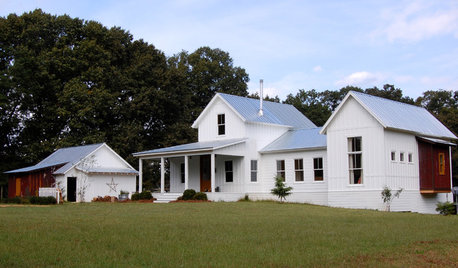
COLORFUL HOMESMy Houzz: Colorful and Clever DIY Touches Fill an Alabama Farmhouse
Antiques, repurposed items and a whole lotta hard work give a family home cheery, personable style
Full Story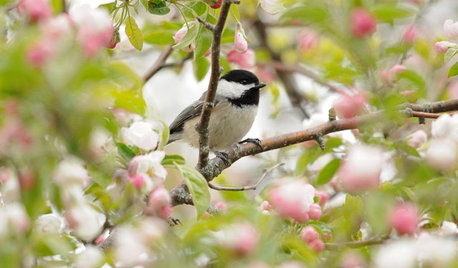
SPRING GARDENINGSpring Gardens Are Waking — Here’s What to Do in March
Excitement fills the air when gardens come back to life. These guides will help you make the most of yours
Full Story
FRONT YARD IDEASBefore and After: Front Lawn to Prairie Garden
How they did it: Homeowners create a plan, stick to it and keep the neighbors (and wildlife) in mind
Full Story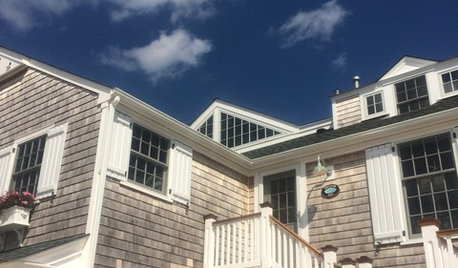
DISASTER PREP & RECOVERYHouzz Tour: Family Rebuilds Home and Community After Hurricane Sandy
This restored coastal New Jersey house — now raised 9 feet off the ground — offers inspiration for neighbors considering a return
Full Story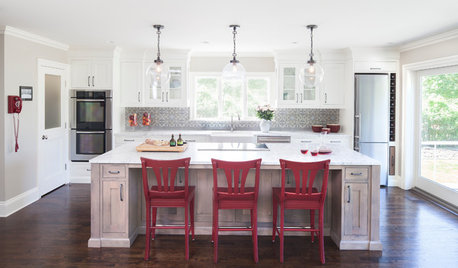
KITCHEN OF THE WEEKKitchen of the Week: The Calm After the Storm
Ravaged by Hurricane Sandy, a suburban New York kitchen is reborn as a light-filled space with a serene, soothing palette
Full Story
HOUSEKEEPINGQuick Fix: How to Patch a Drywall Hole
Dents and dings disappear, leaving your walls looking brand new, with this fix that even a novice can do
Full Story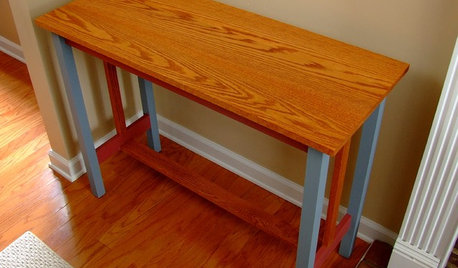
DIY PROJECTSPocket Hole Joinery, the Beginning Woodworker's Best Friend
Make a wide range of sturdy wooden pieces with just this little bit of know-how
Full Story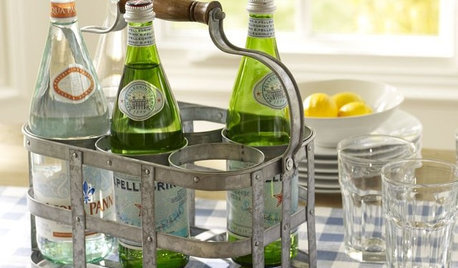
PRODUCT PICKSGuest Picks: 20 Finds for Spring Entertaining
Fire up the grill, prepare an iced cocktail and celebrate the arrival of dining al fresco in style
Full Story0
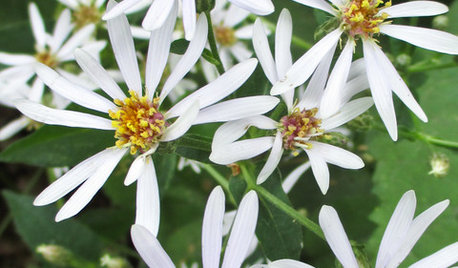
GARDENING GUIDESGreat Design Plant: Eurybia Macrophylla Fills a Void
Plant bigleaf aster in late fall for late-summer color in the shade garden
Full Story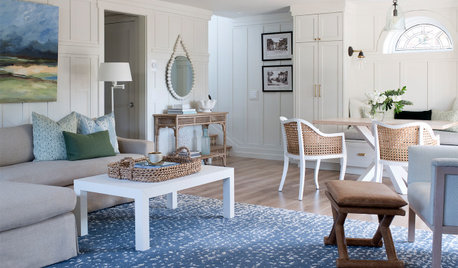
HOUSEKEEPING20 Things You Might Be Forgetting to Spring-Clean
Clean these often-neglected areas and your house will look and feel better
Full Story





gardenweed_z6a
NHBabs z4b-5a NH
Related Professionals
Forest Acres Landscape Architects & Landscape Designers · Horsham Landscape Architects & Landscape Designers · Mountain Brook Landscape Architects & Landscape Designers · East Patchogue Landscape Architects & Landscape Designers · Pelham Landscape Contractors · East Patchogue Landscape Contractors · Mercedes Landscape Contractors · Metairie Landscape Contractors · New Carrollton Landscape Contractors · Newnan Roofing & Gutters · Pittsburgh Roofing & Gutters · Savannah Roofing & Gutters · Syracuse Roofing & Gutters · Annapolis Siding & Exteriors · Richmond Siding & ExteriorstempusflitsOriginal Author
NHBabs z4b-5a NH
luckygal
gardenweed_z6a
tempusflitsOriginal Author
NHBabs z4b-5a NH